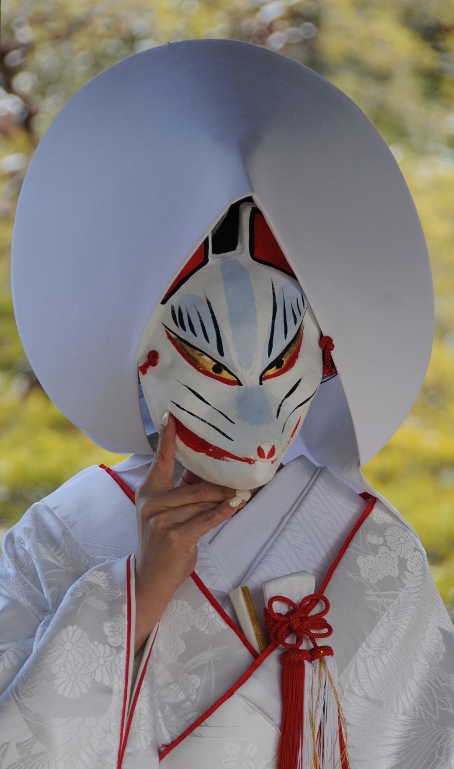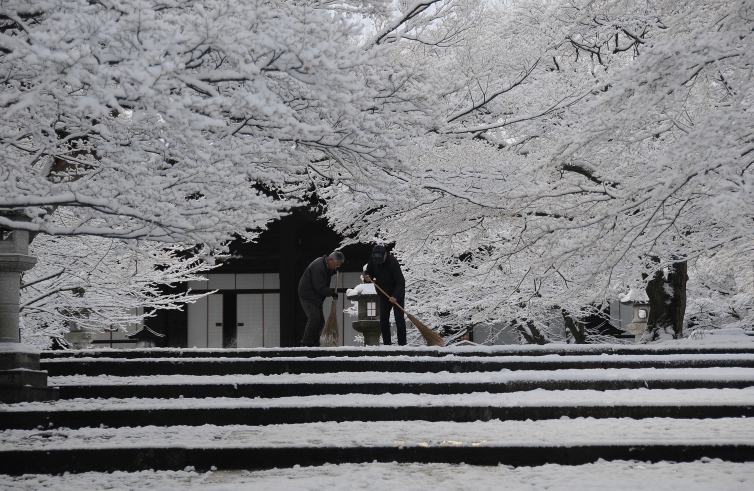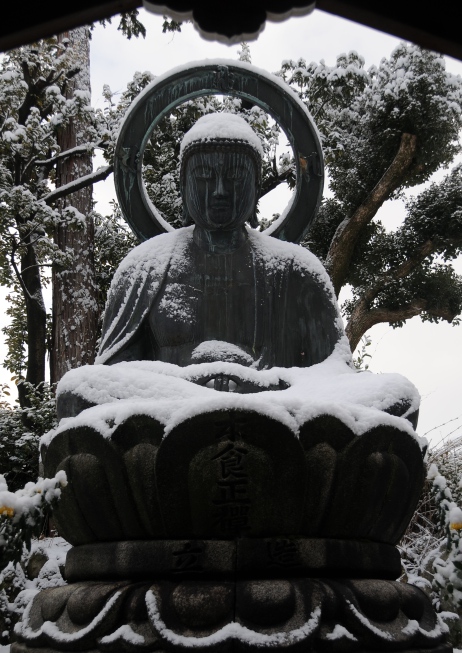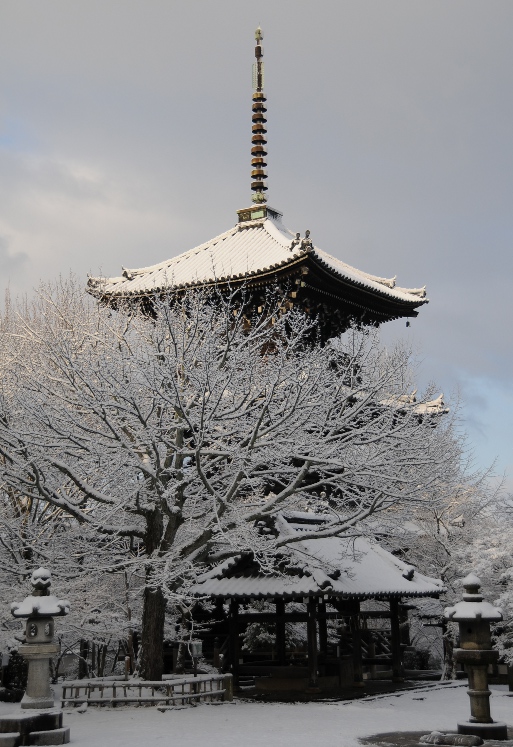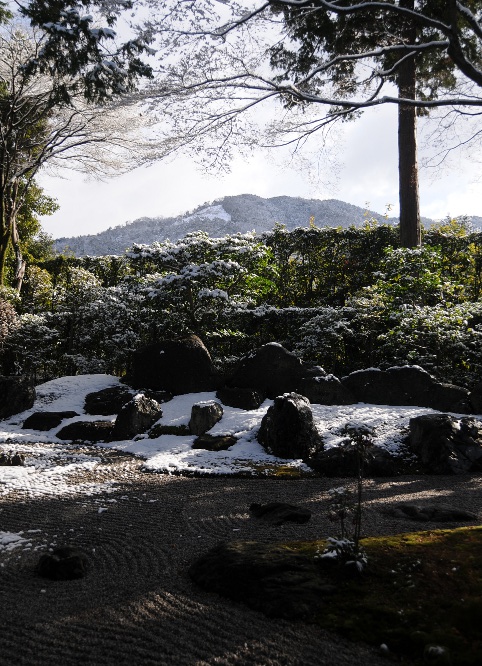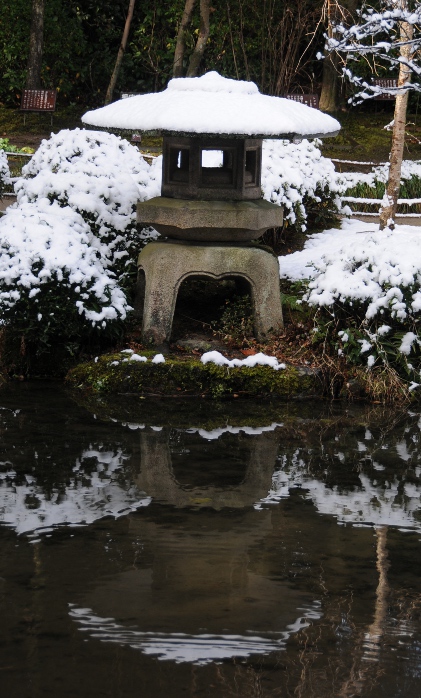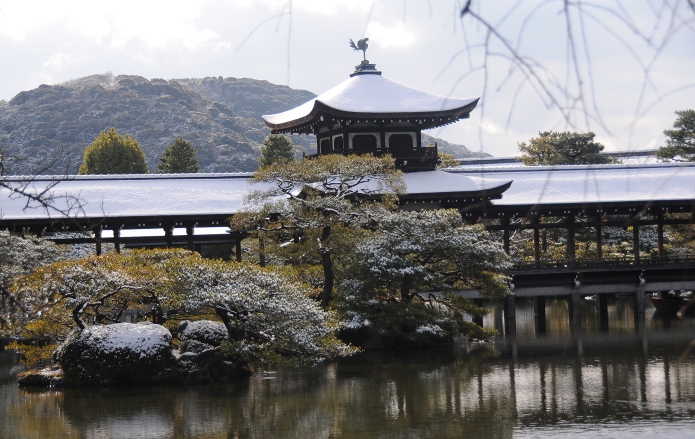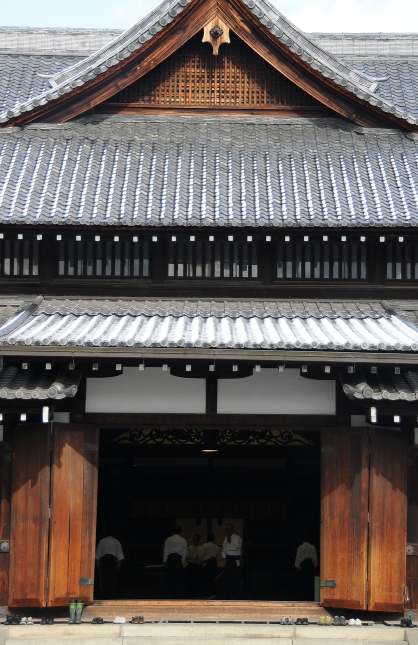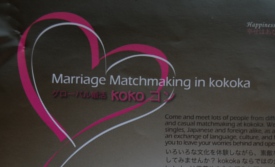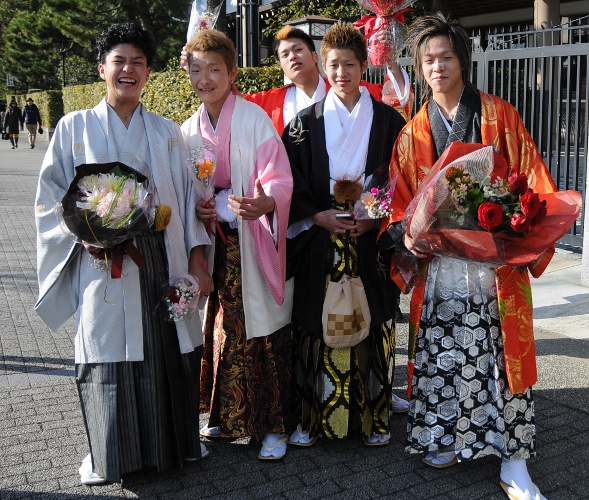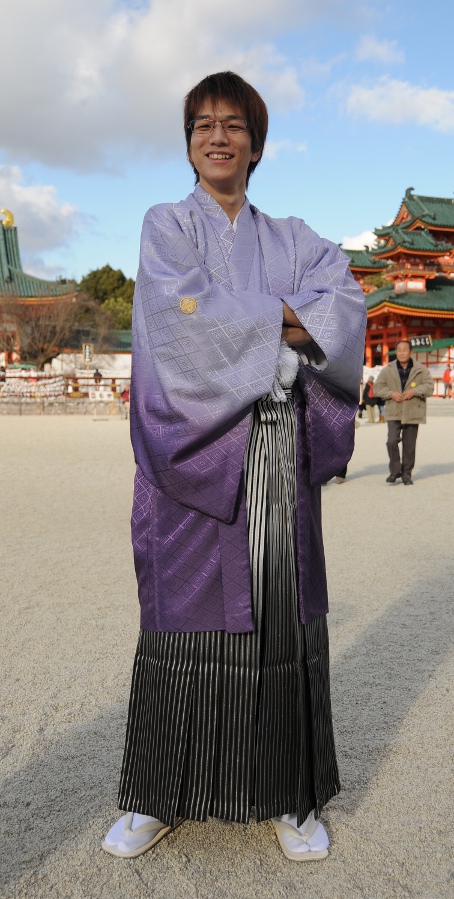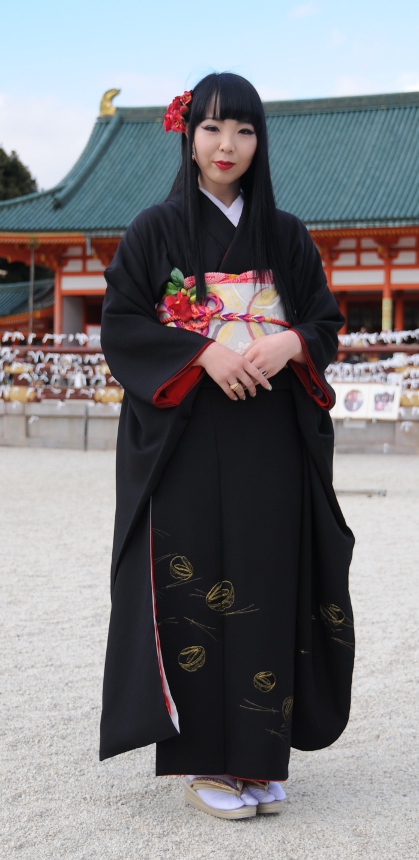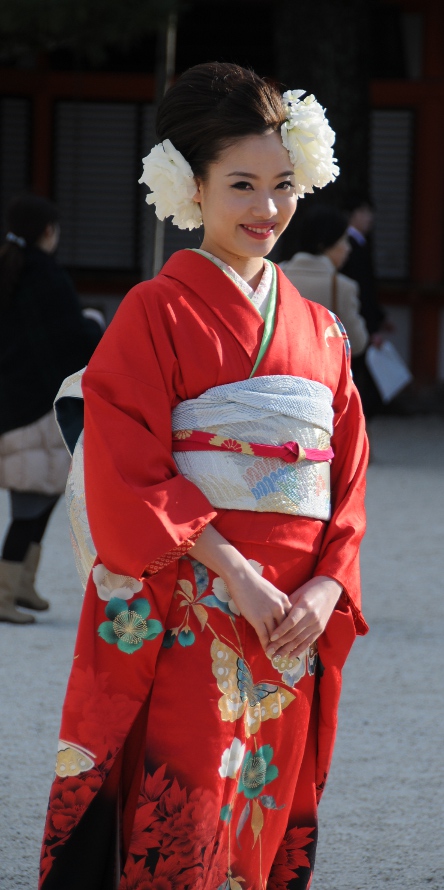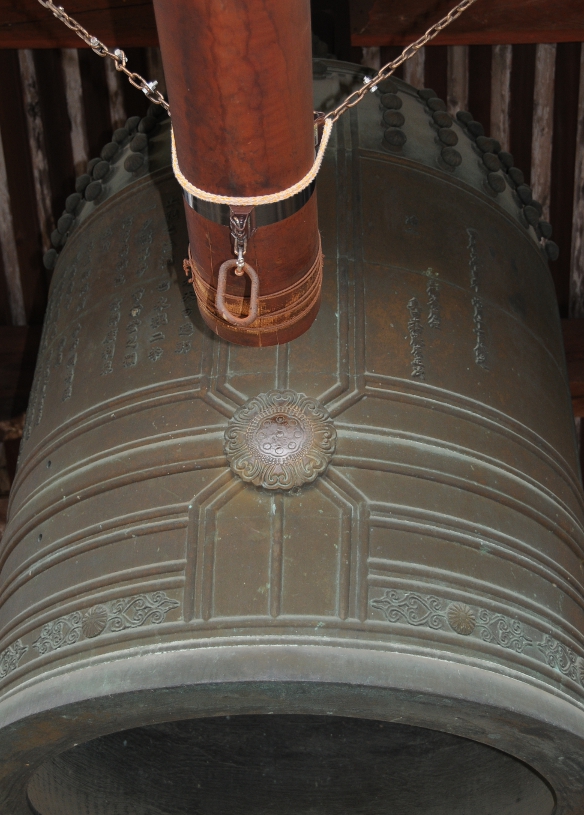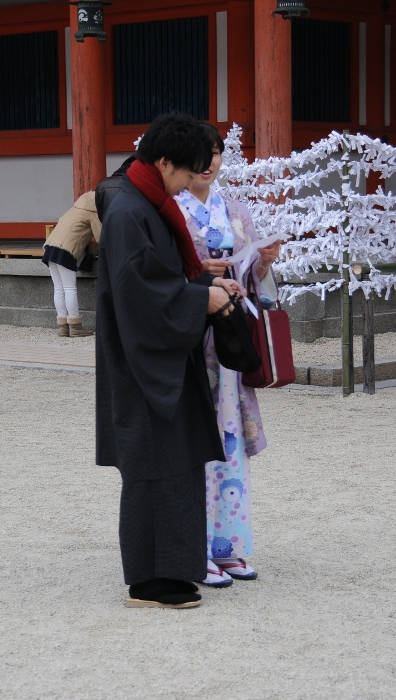Japanese people of all ages spend an enormous amount of money to learn English. Hundreds, if not thousands of (native!) English speakers are sought every year to teach the language – from pre-school immersion kindergarden song-and-games to specialized classes for employees of a certain company. And still, when you go out and about, the amount of Engrish you will encounter is striking.
Engrish is the noun describing the English – or rather the mistakes – that many Asian people make; so chosen because it is very hard for Japanese and Chinese to distinguish between the sounds of L and R. Some people even say they cannot hear the difference at all – which makes correct pronunciation virtually impossible. Katakana – the way of writing foreign words – which often has to insert unnecessary U’s and O’s to keep the syllables intact – is no help either. But I don’t want to talk about spoken English, most people, once they dare talking to you, are perfectly understandable.
Engrish (here also Japlish) is more often used to describe written English that can be found on many signs all over the place. It can range from the occasionally switched L/R to the literally translated sign; from the advertisement in Engrish-gibberish to the funnily offending T-shirt. Here is only one example:  A common mistake that has since become a personal pet-peeve of mine is the sign OPEN – CLOSE at shop entrances… I have seriously considered patronizing only those where the final D is correctly in place, but that would limit my choices too much. One thing I have made my peace with by now is the sign at my favourite French bakery (and many others) which advertises “Chou a la creme” in Katakata that are pronounced “shoe cream”… It helps to assume that this is simply the way those things are called over here.
A common mistake that has since become a personal pet-peeve of mine is the sign OPEN – CLOSE at shop entrances… I have seriously considered patronizing only those where the final D is correctly in place, but that would limit my choices too much. One thing I have made my peace with by now is the sign at my favourite French bakery (and many others) which advertises “Chou a la creme” in Katakata that are pronounced “shoe cream”… It helps to assume that this is simply the way those things are called over here.
Other translations and loan words can be funny too. Arubaito (often shortened to baito) means part-time work, and comes from Arbeit, the German word for (full-time) work. A bike is always a motorized two-wheeler, the ones where you have to pedal yourself are called jitensha. A sign saying Happy Merry Christmas I considered almost embarrassing, but the funniest sign I have ever seen was in the window of a small shop advertising “obi body bags“. Remember that an obi is the wide belt worn with kimono, often made from exquisite cloth that can be very expensive. A friend of mine later explained that a body bag is not something containing a recently deceased, but is rather a type of obi that has a zipper somewhere so it can be put on more easily, much like a western style belt. Isn’t it nice to enlarge your horizon…
Often, English signs are simply a way to attract attention. The majority of the writing is still done in Kanji and Katakana, so English advertisements in Romaji stand out much more. I have heard that many Japanese are aware of the mistakes, but they deem them unimportant and ignore them, they don’t even read the signs. I still do, however, and what annoys me greatly – and probably will for the rest of my life – are signs like this one:  This is a sign advertising rice cookers. Each of the different models has a sign like this, and let me assure you: none of them make sense in English, nor do they make sense in Chinese (according to a friend). All you can hope for is that they make sense in Japanese… Such things infuriate me because this is not a tiny shop in some back street, this is a sign at Yodobashi Camera, a national electronics chain with 22 stores. I have found numbers that in 2011 they had a revenue of about 9 billion US$ – and with all that money they cannot afford two freelancers doing their translations?
This is a sign advertising rice cookers. Each of the different models has a sign like this, and let me assure you: none of them make sense in English, nor do they make sense in Chinese (according to a friend). All you can hope for is that they make sense in Japanese… Such things infuriate me because this is not a tiny shop in some back street, this is a sign at Yodobashi Camera, a national electronics chain with 22 stores. I have found numbers that in 2011 they had a revenue of about 9 billion US$ – and with all that money they cannot afford two freelancers doing their translations?
Anyway, to end this post on a nice and positive note, there are lots of funny examples of Engrish all over the internet. Here is only one page: Engrish.com, with pictures of real, live Engrish from all over Asia. The webpage is a major time suck though – beware! Don’t say I didn’t warn you!

